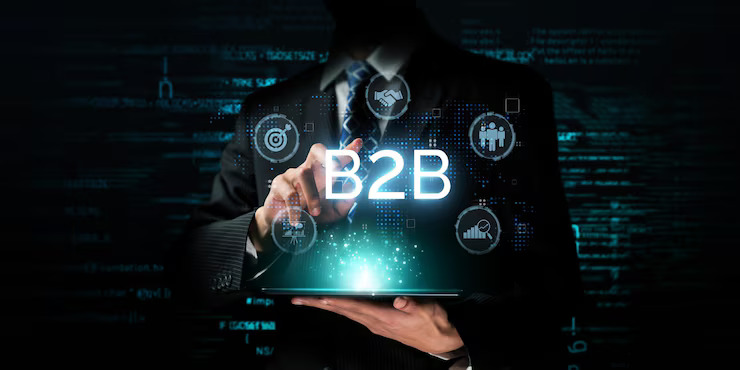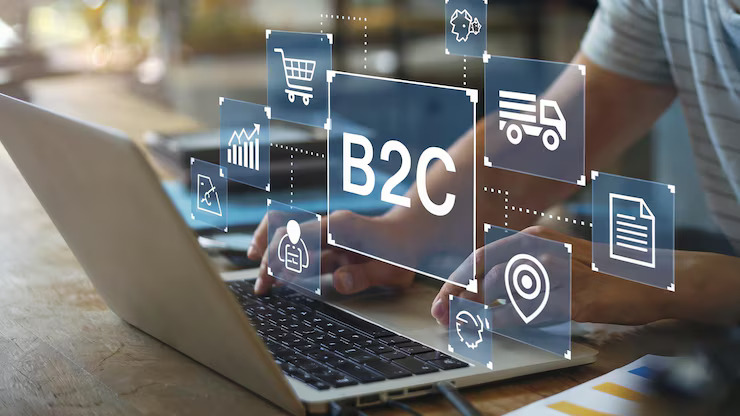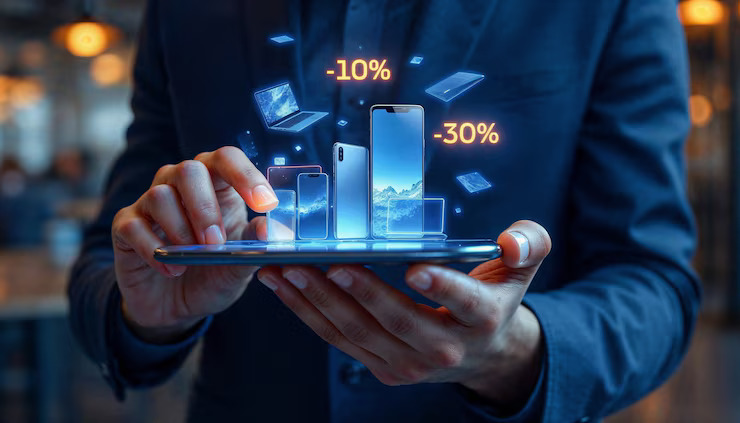



21st Century Marketing is Powered by Digital Innovation
The marketing landscape has undergone a dramatic transformation in the 21st century, driven by rapid technological advancements and the rise of digital innovation. Traditional marketing methods, such as print ads, billboards, and television commercials, are no longer the sole drivers of brand success. Instead, businesses now rely on data-driven strategies, artificial intelligence (AI), automation, and multi-channel digital campaigns to engage their target audiences effectively.
One of the most significant shifts in modern marketing is the integration of AI-powered analytics and machine learning. These tools allow businesses to analyze consumer behavior, predict market trends, and optimize ad performance in real time. AI-driven chatbots, personalized recommendations, and automated email marketing campaigns ensure that businesses can deliver relevant content to the right customers at the right time.
Social media platforms have also revolutionized marketing, offering brands a way to connect directly with consumers. Platforms like Facebook, Instagram, LinkedIn, and TikTok enable businesses to run highly targeted ad campaigns, interact with customers, and build brand loyalty through engaging content. Influencer marketing has further strengthened digital branding, allowing companies to leverage the credibility of social media personalities to reach wider audiences.
Additionally, advancements in SEO (Search Engine Optimization) and content marketing have made organic digital growth more accessible. Businesses that optimize their online presence through high-quality content, video marketing, and mobile-friendly websites gain a competitive edge in an increasingly digital marketplace.
As digital marketing continues to evolve, businesses that embrace innovation, automation, and personalization will remain ahead of the curve. The future of marketing lies in data-driven strategies, immersive consumer experiences, and AI-enhanced engagement, making digital innovation the cornerstone of 21st-century marketing success.
The Impact of Digital Marketing

Digital marketing has revolutionized how businesses connect with their target audiences, making it one of the most powerful and cost-effective marketing strategies of the 21st century. Unlike traditional advertising, digital marketing provides businesses with real-time insights, data-driven strategies, and highly personalized customer engagement.
One of the most significant impacts of digital marketing is its global reach. Businesses can now target consumers worldwide through social media, search engine marketing (SEM), and email campaigns. This eliminates geographical barriers and allows even small businesses to compete with industry giants.
* Mixed Media
Mixed media refers to the combination of different forms of media to create engaging and diverse content. This approach is widely used in art, advertising, marketing, and digital communication, blending various elements such as text, images, videos, animations, and interactive components to enhance user engagement and storytelling.
In the digital era, mixed media plays a crucial role in branding and content marketing. Businesses use a combination of videos, infographics, podcasts, and social media posts to attract and retain audiences. This multiformat approach allows companies to cater to different preferences, ensuring that their messages reach a wider and more diverse audience.
Mixed media refers to the combination of different forms of media to create engaging and diverse content. This approach is widely used in art, advertising, marketing, and digital communication, blending various elements such as text, images, videos, animations, and interactive components to enhance user engagement and storytelling.
In the digital era, mixed media plays a crucial role in branding and content marketing. Businesses use a combination of videos, infographics, podcasts, and social media posts to attract and retain audiences. This multiformat approach allows companies to cater to different preferences, ensuring that their messages reach a wider and more diverse audience.
One of the biggest advantages of mixed media is its versatility and creativity. Whether used in web design, advertising campaigns, or educational content, blending different media formats makes information more engaging and memorable. For example, interactive websites incorporate text, visuals, and animations to create a seamless user experience that keeps visitors engaged for longer.
Additionally, mixed media enhances storytelling and brand identity. Marketers and content creators can convey complex messages more effectively by combining audio, video, and visuals, making their content more impactful and emotionally engaging.
* Email Campaigns
Email campaigns remain one of the most effective and cost-efficient digital marketing strategies, allowing businesses to reach their target audience directly. With the ability to personalize messages, automate delivery, and track performance metrics, email campaigns provide a high return on investment (ROI) compared to other marketing channels.
One of the biggest advantages of email campaigns is targeted engagement. Businesses can segment their audience based on demographics, purchase history, and online behavior, ensuring that each recipient receives relevant content. This increases open rates, click-through rates, and conversions, as subscribers are more likely to engage with content that aligns with their interests.
Automation has further enhanced the effectiveness of email campaigns. Tools like autoresponders, drip campaigns, and AI-driven personalization help businesses send timely and relevant messages without manual effort. For example, abandoned cart emails, welcome sequences, and personalized product recommendations help nurture leads and drive sales.
Additionally, email campaigns allow businesses to build long-term relationships with customers. Newsletters, promotional emails, and exclusive offers keep subscribers engaged, fostering brand loyalty and repeat business. Unlike social media, where algorithms control visibility, email marketing provides direct access to the customer’s inbox, ensuring higher message delivery and retention.
* Mass Voice Calling
Mass voice calling, also known as automated voice messaging, is a highly effective communication tool used by businesses, political campaigns, non-profits, and service providers to reach large audiences quickly. This technology allows organizations to broadcast pre-recorded voice messages to thousands of recipients simultaneously, making it an efficient way to deliver important announcements, promotional offers, reminders, or emergency alerts.
One of the biggest advantages of mass voice calling is its high engagement rate. Unlike emails or text messages, voice calls have a higher chance of being heard and acted upon because they create a more personal and direct connection with the recipient. Businesses use this tool for customer engagement, appointment reminders, lead generation, and surveys, ensuring that their message reaches the right audience at the right time.
Political campaigns and advocacy groups leverage mass voice calling to mobilize supporters, encourage voter turnout, and spread key messages before elections. Similarly, schools, healthcare providers, and government agencies use it for urgent notifications, public safety alerts, and emergency response coordination.
Mass voice calling is also cost-effective compared to traditional call centers. With automated dialing and scheduling, businesses can save time and resources while maintaining a consistent and professional brand presence. Additionally, modern systems include interactive voice response (IVR) features, allowing recipients to respond by pressing a key for more information or connecting with a live representative.



